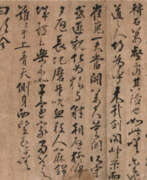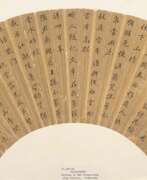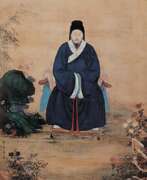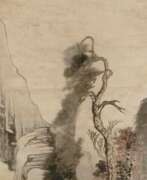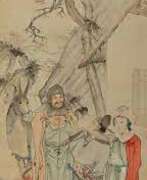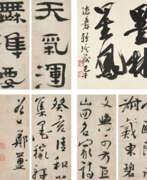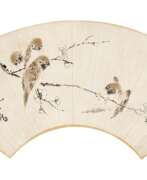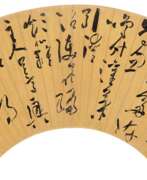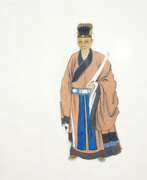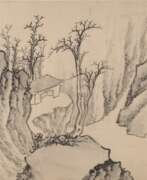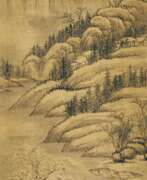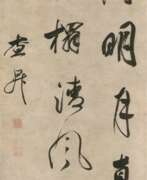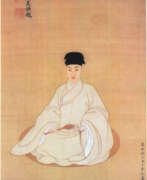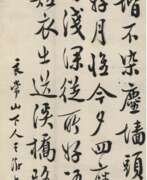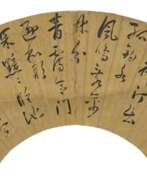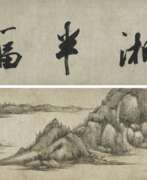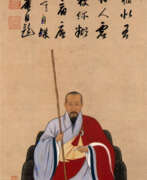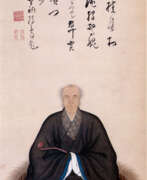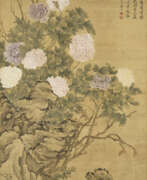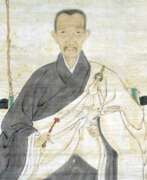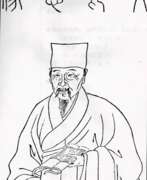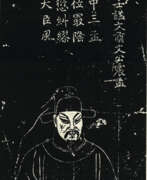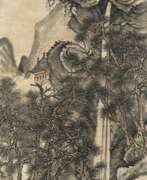Calligraphers 17th century
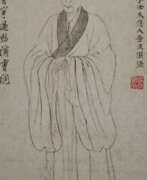

Zhū Dā (Chinese: 朱耷) was a Chinese painter, poet and calligrapher of the late Ming and early Qing dynasties. Known by the pseudonym Bada Shanzhen (Chinese: 八大山人), the man from Mount Bada.
Bada Shanren belonged to the imperial family of the Ming Dynasty, but chose to become a Buddhist monk and led a reclusive lifestyle. His artistic style was characterised by a unique combination of traditional Chinese ink painting techniques and bold, expressive brushstrokes. Bada Shanren's works often depicted landscapes, birds, flowers and animals, demonstrating an exceptional ability to convey the essence of the natural world. His paintings reflected a sense of spiritual introspection and a deep connection to nature. Despite the turbulent times in which he lived, Bada Shanren's artistic legacy remains highly regarded and his works are still considered masterpieces of Chinese ink painting.
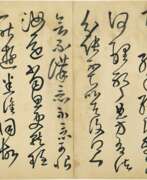

Wang Duo was a Chinese calligrapher, painter, and poet during the Ming dynasty, renowned for his artistic versatility and the cultural depth of his work. Born in Mengjin, Henan province, Wang Duo left an indelible mark on the artistic landscape of China, bridging the late Ming and early Qing dynasties with his creative expression.
His works, such as a mountain landscape dated 1651, showcase his mastery of ink on paper, reflecting the aesthetic preferences and skilled craftsmanship of the Qing dynasty period. Another remarkable piece, a free copy of Xu Jiaozhi’s calligraphy dating back to 1635, is a testament to his prowess in calligraphic arts, executed on a hanging scroll with ink on satin. Additionally, his lettering on gold-flecked paper, a medium that added a luminous quality to his work, is preserved as an album leaf, evidencing the fusion of literary and visual arts during the late Ming to early Qing dynasty.
For collectors, auctioneers, and experts in art and antiques, Wang Duo’s works not only represent a significant cultural heritage but also offer a glimpse into the rich tapestry of Chinese history through art. His legacy is encapsulated in the intricate strokes of his calligraphy and the serene landscapes of his paintings, many of which are held in prestigious institutions like The Metropolitan Museum of Art. To stay informed on updates related to Wang Duo and similar artists, sign up for our newsletter and enrich your collection with the essence of Chinese art history.
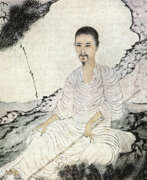

Shitao or Shi Tao (simplified Chinese: 石涛; traditional Chinese: 石濤; pinyin: Shí Tāo) was a Chinese Buddhist monk, calligrapher, and landscape painter during the early Qing dynasty.
Shitao is one of the most famous individualist painters of the early Qing years. The art he created was revolutionary in its transgressions of the rigidly codified techniques and styles that dictated what was considered beautiful. Imitation was valued over innovation, and although Shitao was clearly influenced by his predecessors (namely Ni Zan and Li Yong), his art breaks with theirs in several new and fascinating ways.
His formal innovations in depiction include drawing attention to the act of painting itself through his use of washes and bold, impressionistic brushstrokes, as well as an interest in subjective perspective and the use of negative or white space to suggest distance. Shi Tao's stylistic innovations are difficult to place in the context of the period.
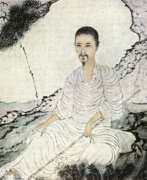

Shitao or Shi Tao (simplified Chinese: 石涛; traditional Chinese: 石濤; pinyin: Shí Tāo; Wade–Giles: Shih-t'ao; other department Yuan Ji (Chinese: 原濟; Chinese: 原济; pinyin: Yuán Jì), born into the Ming dynasty imperial clan as Zhu Ruoji (朱若極), was a Chinese Buddhist monk, calligrapher, and landscape painter during the early Qing dynasty.
